Using Thermal Imaging Camera for Building Diagnostic

Thermal imaging cameras have revolutionized the way professionals assess and diagnose building structures in the field of building diagnostics. These advanced tools make it easier to identify issues like moisture, energy inefficiency, and structural problems. By capturing infrared radiation, thermal imaging cameras provide valuable insights into a building’s energy performance, structural health, and hidden moisture damage. Whether you're a building inspector, energy auditor, or facility manager, using a thermal imaging camera can significantly improve your diagnostic process. In this blog, we’ll explore the key applications and benefits of thermal imaging in building diagnostics.
What is Thermal Imaging?
Thermal imaging cameras detect the infrared radiation emitted by objects and convert it into a visual image. Unlike traditional digital cameras that rely on visible light, thermal cameras capture heat signatures, making them ideal for identifying temperature variations that are invisible to the naked eye. This technology has transformed many industries, from security and military to healthcare and construction. Initially used only in specialized fields, thermal imaging is now widely adopted across various sectors due to its accuracy and efficiency. With thermal imaging, you can see what's otherwise hidden—like leaks, insulation gaps, or electrical faults—making it an essential tool for modern building diagnostics.
Key Applications of Thermal Imaging Cameras in Building Diagnostics
- Assessing Energy Efficiency: One of the most common uses of thermal imaging in buildings is conducting energy audits. By scanning doors, windows, and walls, thermal cameras can detect air leaks, insulation gaps, and heat loss in HVAC systems. This helps identify areas where energy is being wasted, allowing for targeted improvements that reduce costs and enhance comfort.
- Detecting Moisture Issues: Moisture problems in buildings can lead to mold growth, structural damage, and poor indoor air quality. Thermal imaging cameras are highly effective at identifying moisture sources, as wet areas tend to be cooler than dry ones. This allows for quick and accurate detection of leaks, water intrusion, and dampness in plumbing systems or foundations, helping prevent costly repairs down the line.
- Roof Inspections: Identifying roof damage without invasive methods can be challenging. Thermal imaging offers a non-intrusive solution by detecting hidden moisture, heat loss, and structural weaknesses. This is especially useful for flat roofs or large commercial buildings where internal damage may not be visible from the outside.
- Electrical System Checks: Electrical components that overheat can pose serious fire risks. Thermal imaging cameras help spot hotspots in wiring, circuit breakers, and transformers, enabling early intervention before failures occur. This proactive approach enhances safety and reduces downtime, making it a must-have tool for maintenance teams.
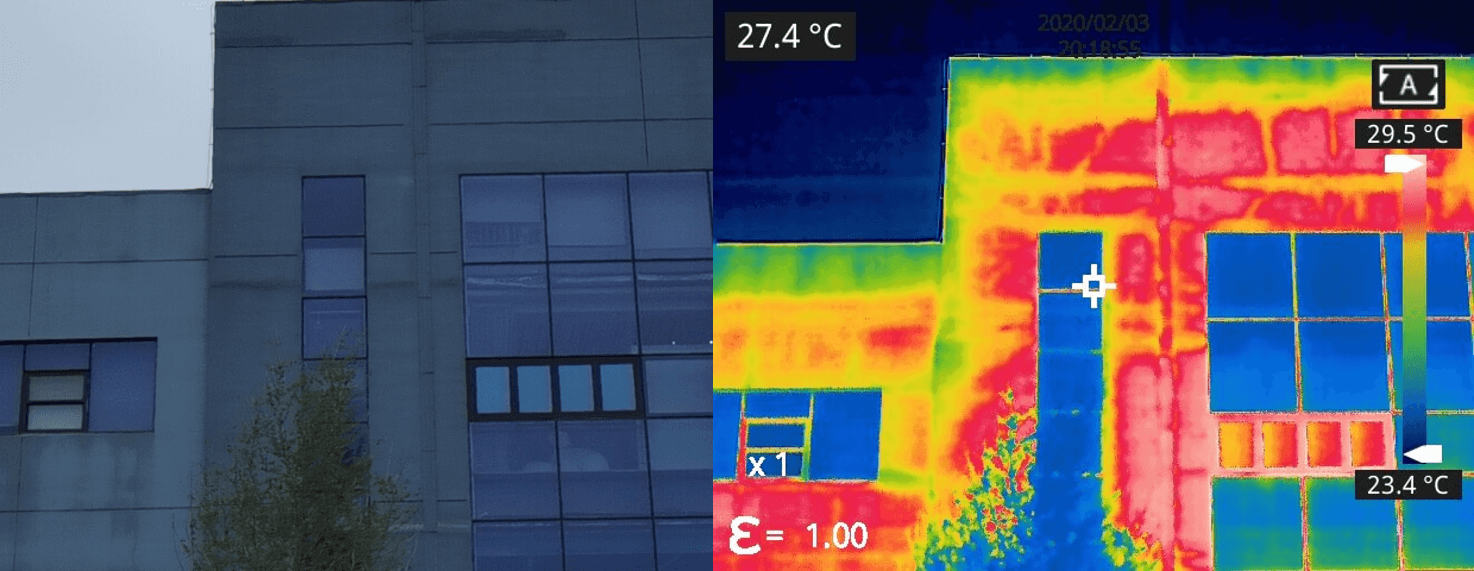
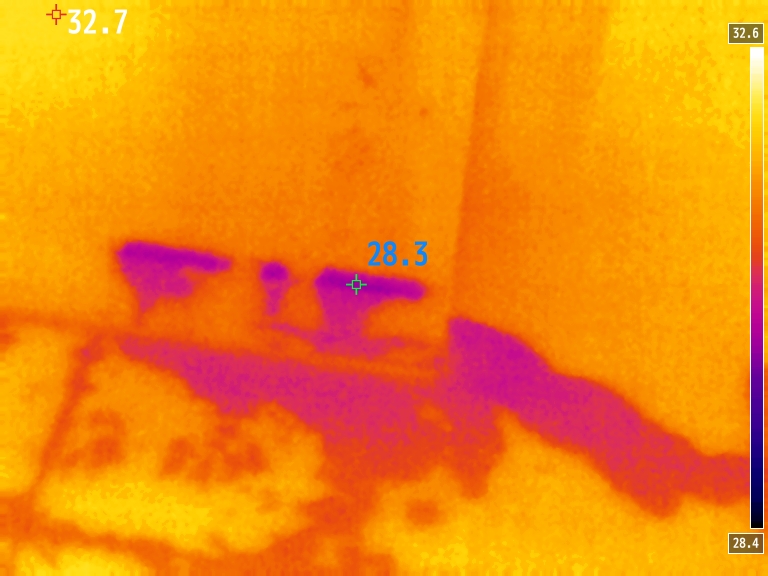
Benefits of Using Thermal Imaging Cameras in Building Diagnostics
- Fast and Efficient: Thermal imaging cameras allow for rapid assessments by scanning large areas in one go. Unlike traditional methods that require manual checks, thermal imaging provides immediate results, saving time and effort during inspections.
- Cost-Effective: Regular thermal inspections help catch small issues before they escalate into major problems. Early detection leads to lower repair costs and longer-lasting building systems, making it a smart investment for property owners and managers.
- Non-Invasive: Thermal imaging doesn’t require drilling, cutting, or damaging the structure. It’s a safe and clean method to locate problems, preserving the integrity of the building while delivering accurate results.
In conclusion, thermal imaging is a powerful and versatile tool for building diagnostics. It enables professionals to quickly and accurately identify energy inefficiencies, moisture issues, and electrical hazards without causing any damage to the property. Its ability to reveal hidden problems makes it an essential part of modern building maintenance and inspection practices. Whether you're managing a residential complex, commercial property, or industrial facility, integrating thermal imaging into your routine checks can improve safety, efficiency, and long-term value.
Tempsens Instruments offers a range of high-quality thermal imaging solutions tailored for building diagnostics. Our Thermeye640 model features a 640x480 resolution, providing clear and detailed images that help you spot even the smallest issues. If you’re looking for a reliable thermal camera for your application, contact us today. Our team of experts will guide you in selecting the best solution for your needs.
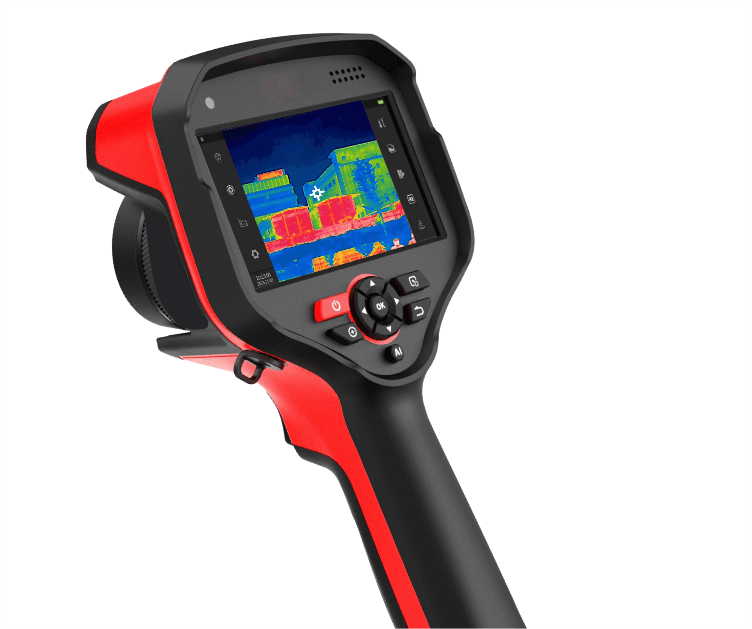
Read more at : catalog/non-contact-temperature-sensors/thermal-imagers/portable-thermal-imaging-camera.html
7X7 304,316,316L Stainless Steel Wire Rope
We JUKE stocks a variety of constructions and sizes of Stainless Steel Wire rope, other coated stainless steel wire rope
Material: stainless steel 304, stainless steel 316, stainless steel 316L
Basic product model:7*19,7*7,1*19,1*7 etc.
Diameter: 0.3mm-20mm (Special size can be customized)
Packing way: Reel, pallet, carton
Monthly putout:500 tons per month
Price term: FOB SHANGHAI, EXW
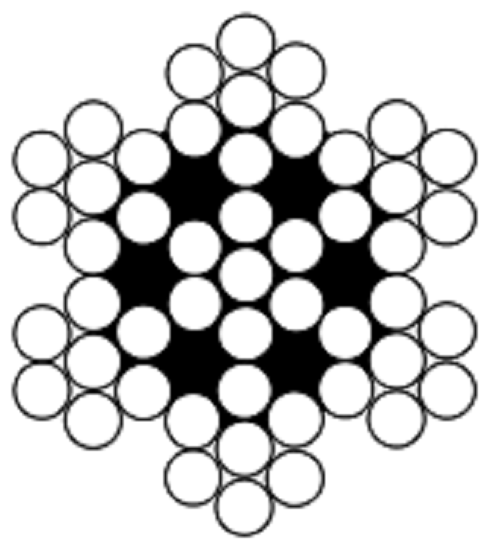
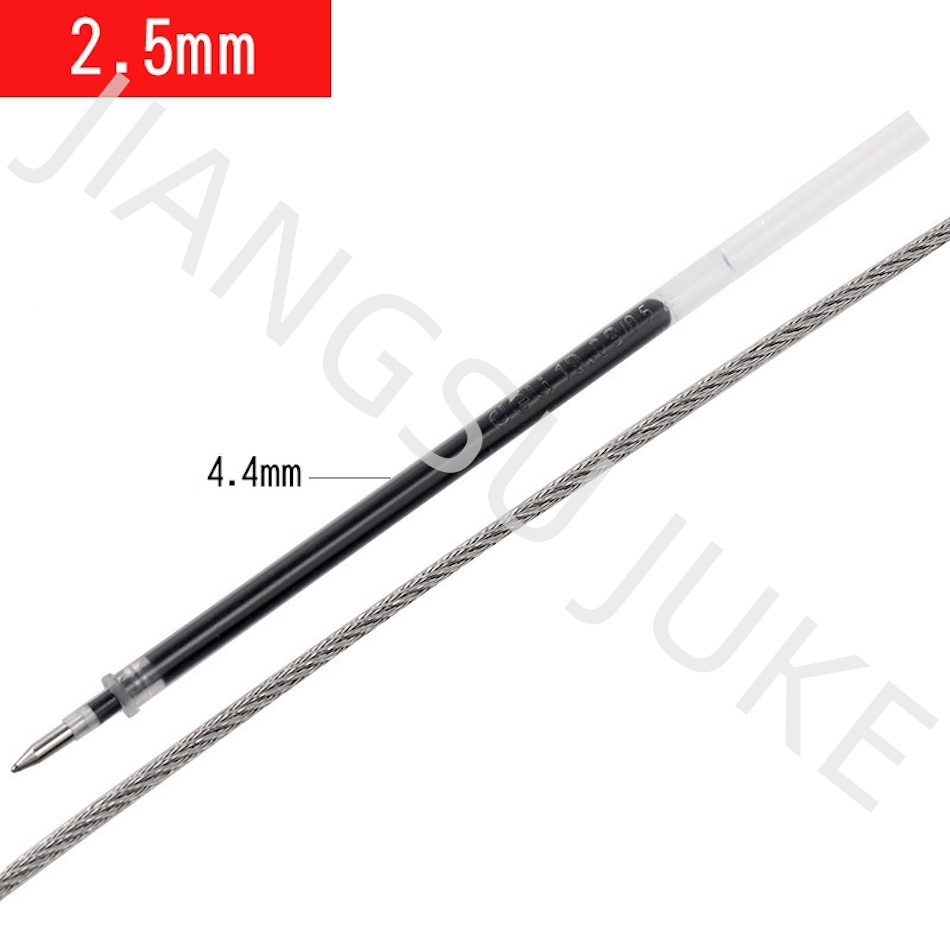
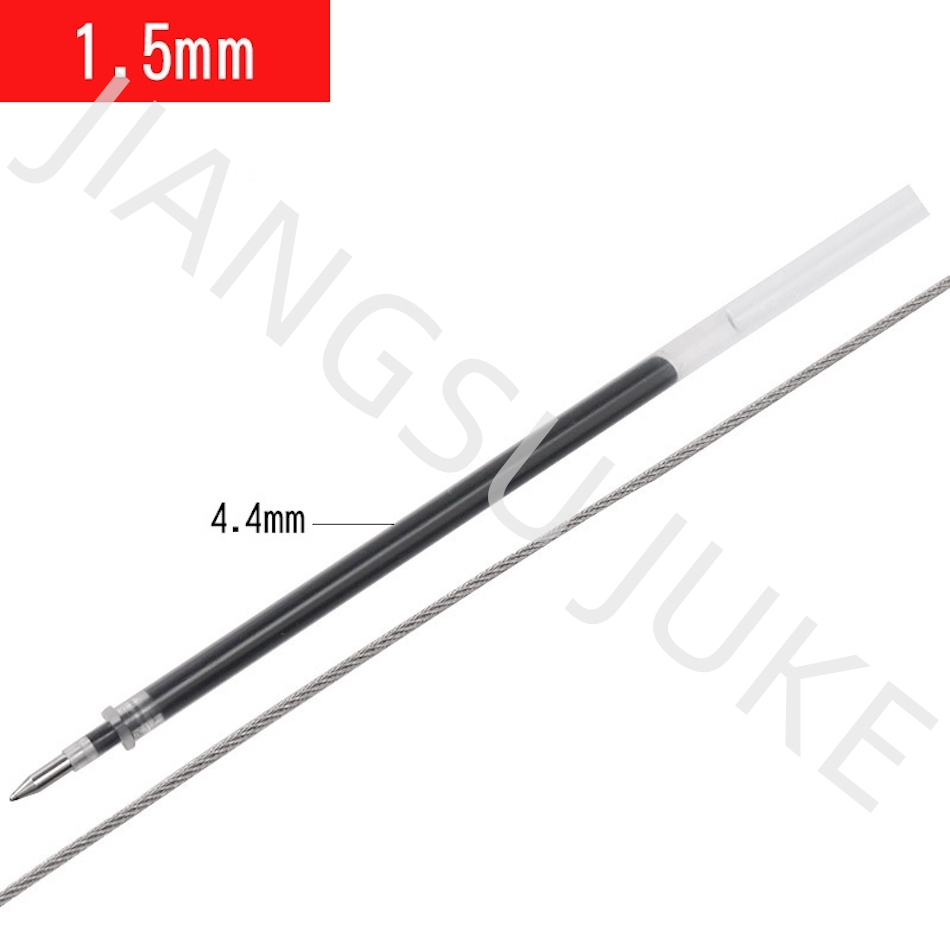
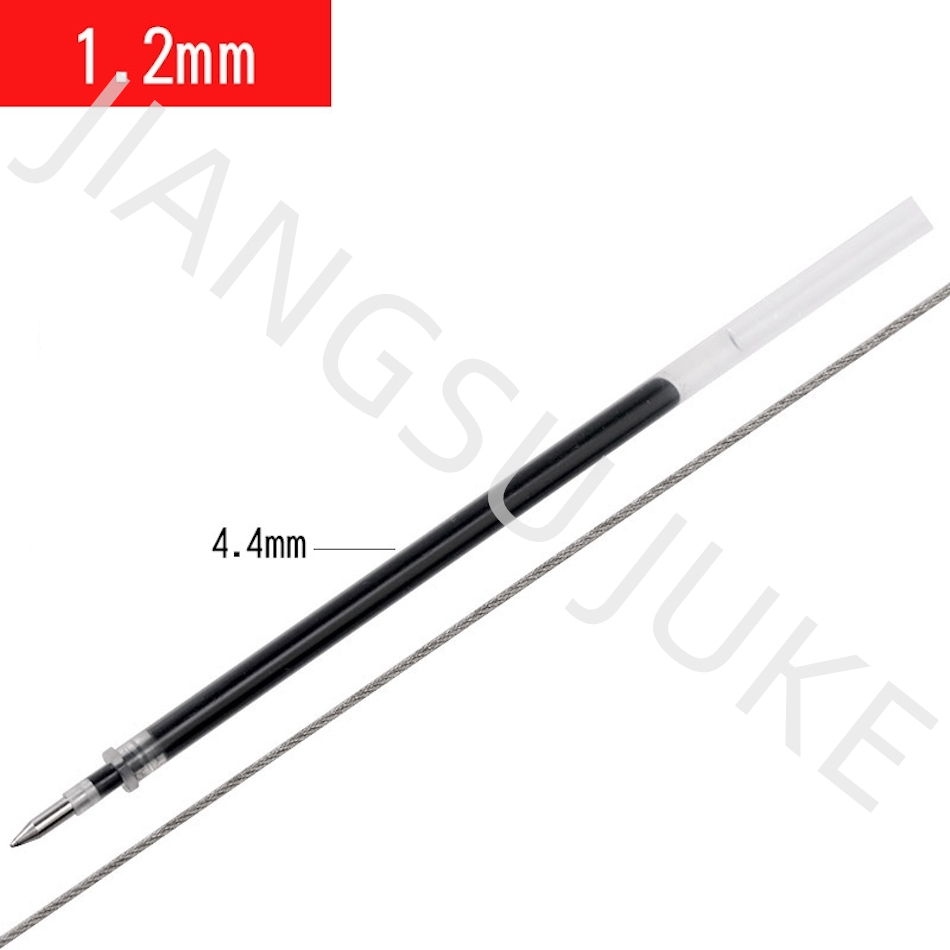
7*7 Stainless Steel Wire Rope,Stainless Steel Wire Rope With Ferrules,7X7X19 Wire Rope With Ferrules,Aisi Stainless Wire Rope 7X7
Jiangsu Juke Metal Products Co.,Ltd. , https://www.jsjukemetal.com